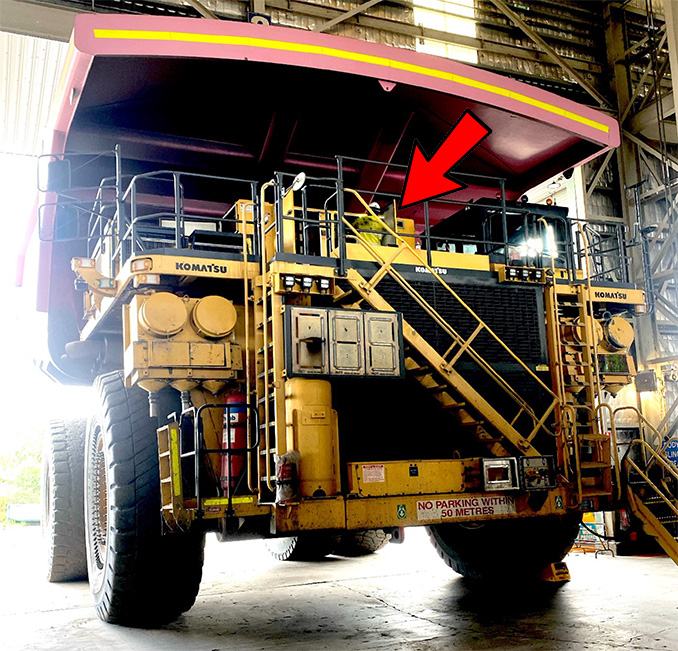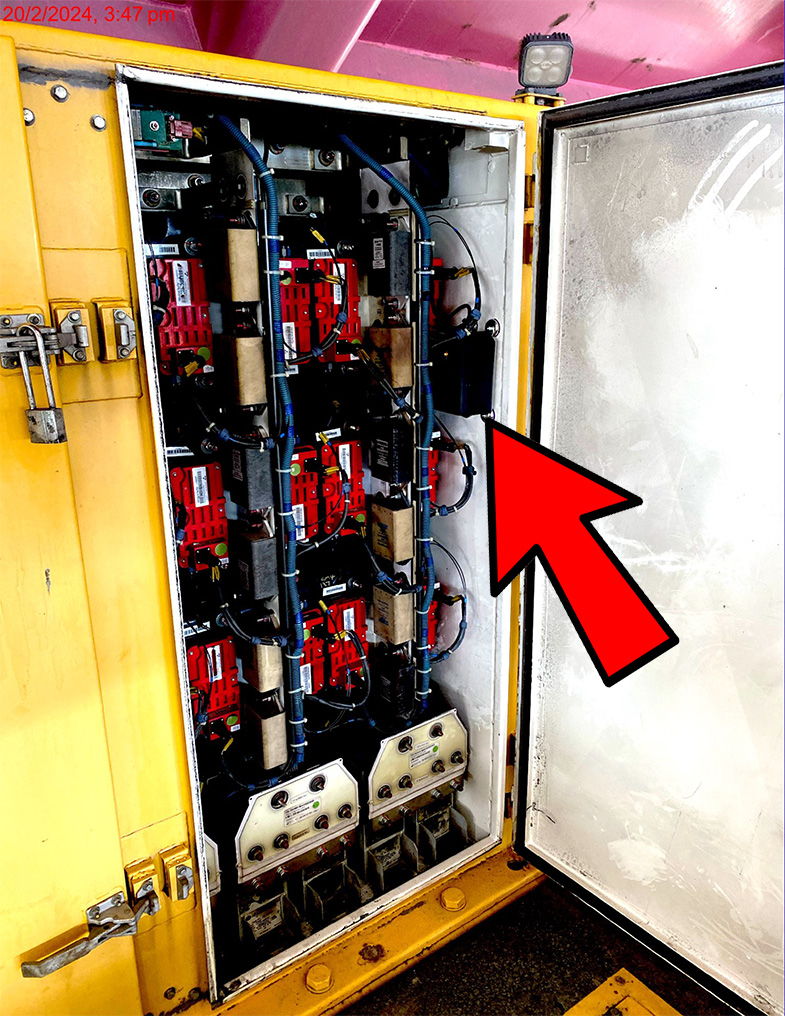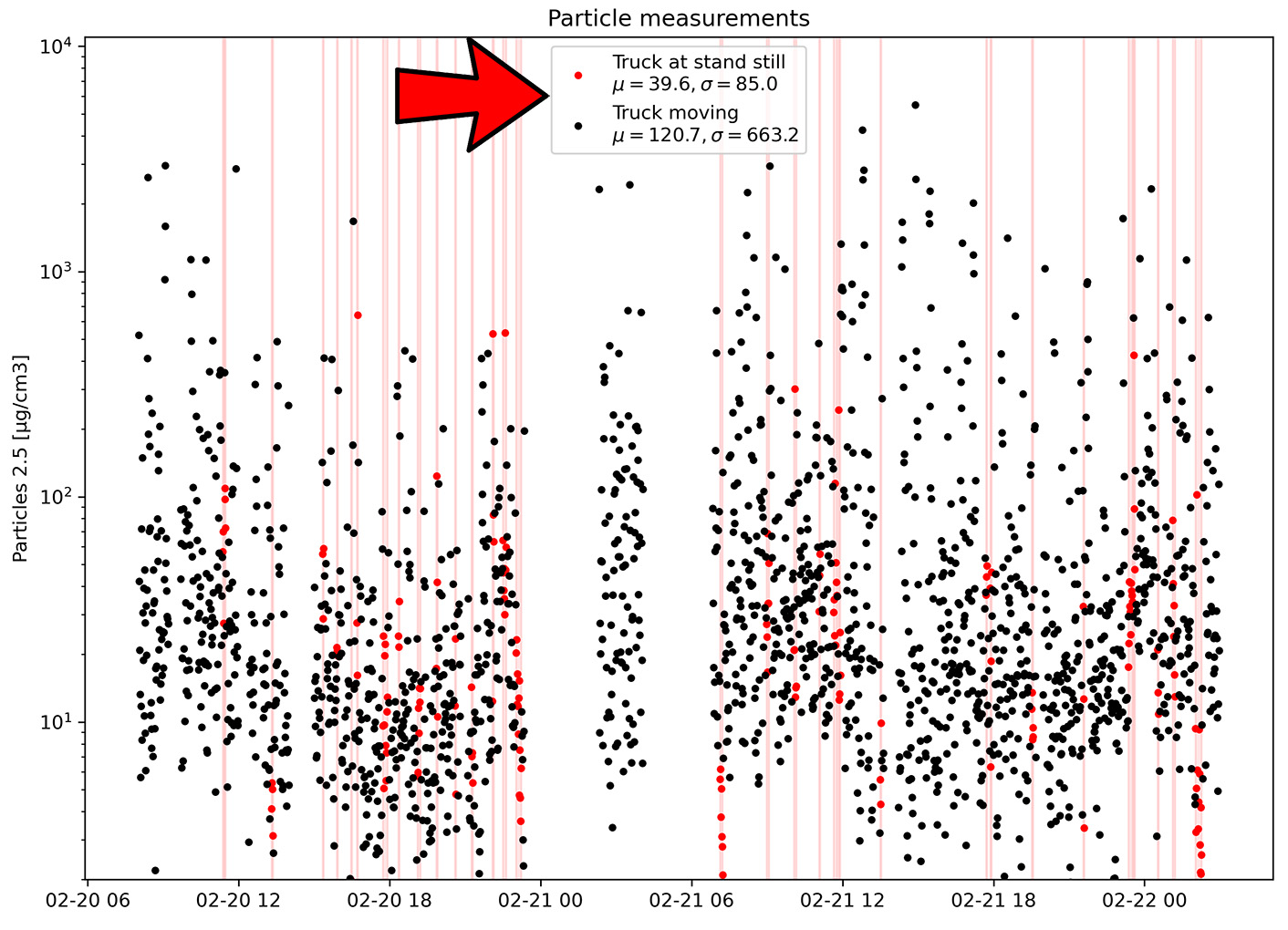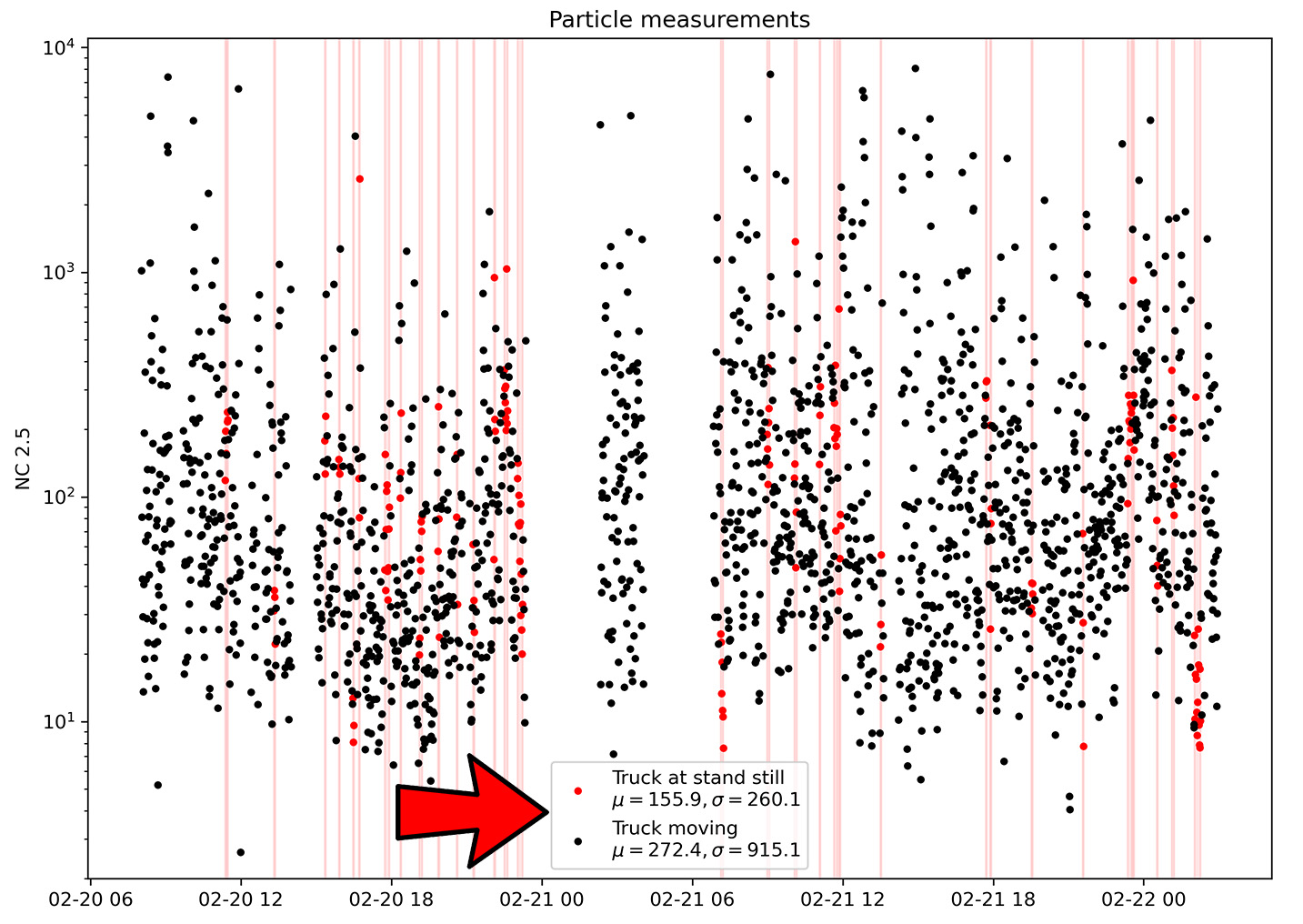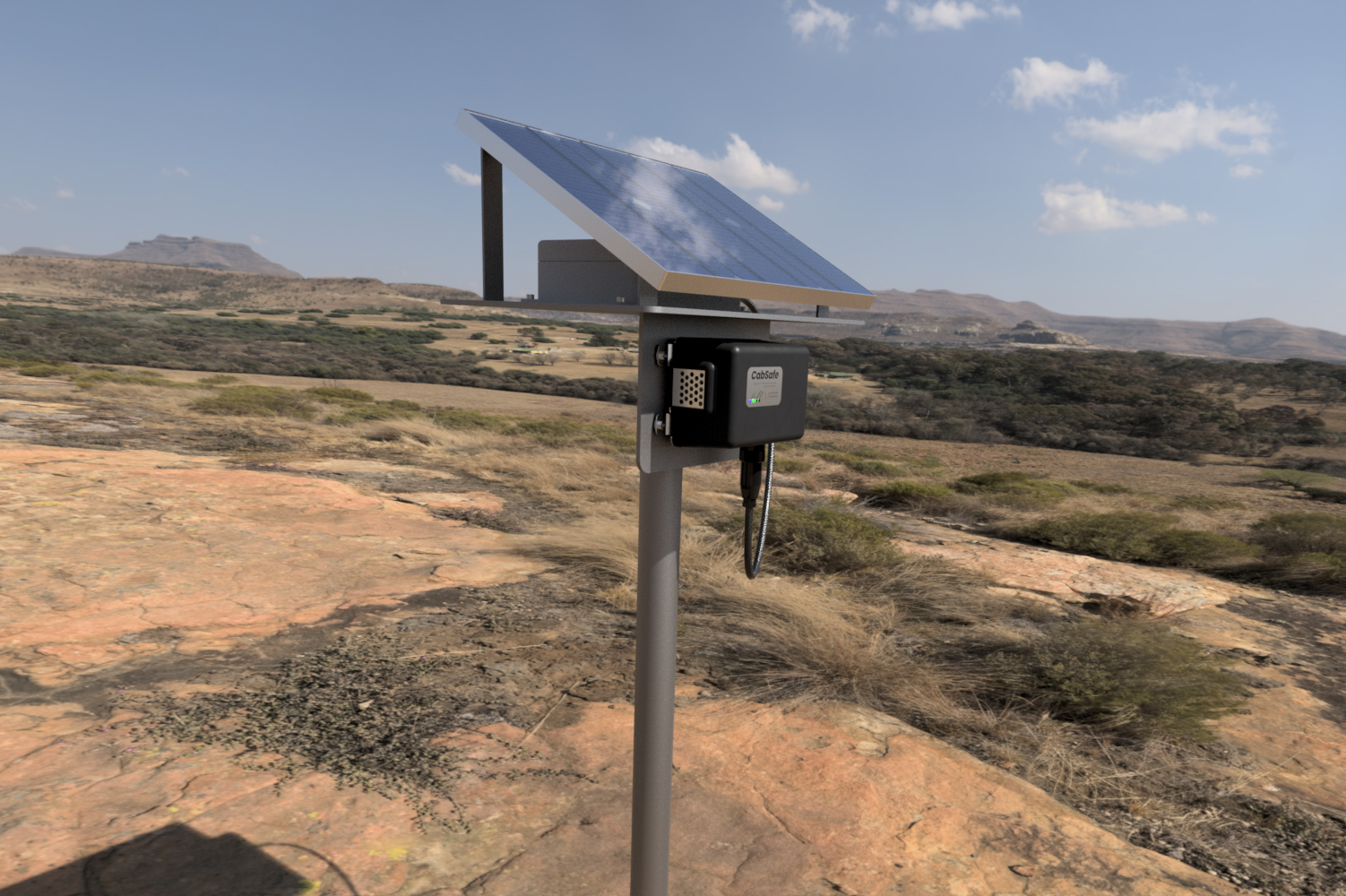Introducing CabSafe
CabSafe – Revolutionizing Air Quality Management for Mining Vehicles
Introduction: In recent years, the spotlight on air quality within the cabins of industrial vehicles has intensified, culminating in a groundbreaking standard – ISO 23875. For mining vehicles in Australia, compliance with this standard is now not just encouraged but required.
Challenges of Non-Compliance: Non-compliance comes with its challenges, prompting the exploration of solutions such as air filtration systems that maintain a cabin’s air at a slight over-pressure, preventing the infiltration of contaminated air. However, installing such systems can be costly, making it essential to pinpoint cabins that truly require these measures.
Key Questions and Complexities: The burning questions arise: How do you identify at-risk cabins? How can you detect and resolve instances of non-compliance? And once additional filtration equipment is in place, how do you ensure ongoing compliance? This becomes even more complex when dealing with a sizable fleet of 300 vehicles.
Enter CabSafe – The Game-Changer: Enter CabSafe, a game-changer in the realm of air quality management. This easy-to-deploy module, requiring only 10-30VDC to operate, can be installed effortlessly in minutes. Even offline, CabSafe diligently keeps logs, which can seamlessly sync to a mobile device in areas lacking cellular coverage.
Magic in Data Sets: The real magic happens in CabSafe’s recorded data sets. These valuable insights can be harnessed to determine whether proactive measures are needed or if the cabin is comfortably within safe limits. With CabSafe, managing compliance with ISO 23875 becomes efficient and economical, ensuring your drivers’ safety and well-being across expansive fleets
CabSafe as the Beacon: In the world of mining vehicles, CabSafe emerges as the beacon guiding you towards ISO 23875 compliance, transforming the complex task of air quality management into a streamlined and cost-effective process. It’s time to safeguard your fleet, drivers, and compliance efforts with CabSafe.

